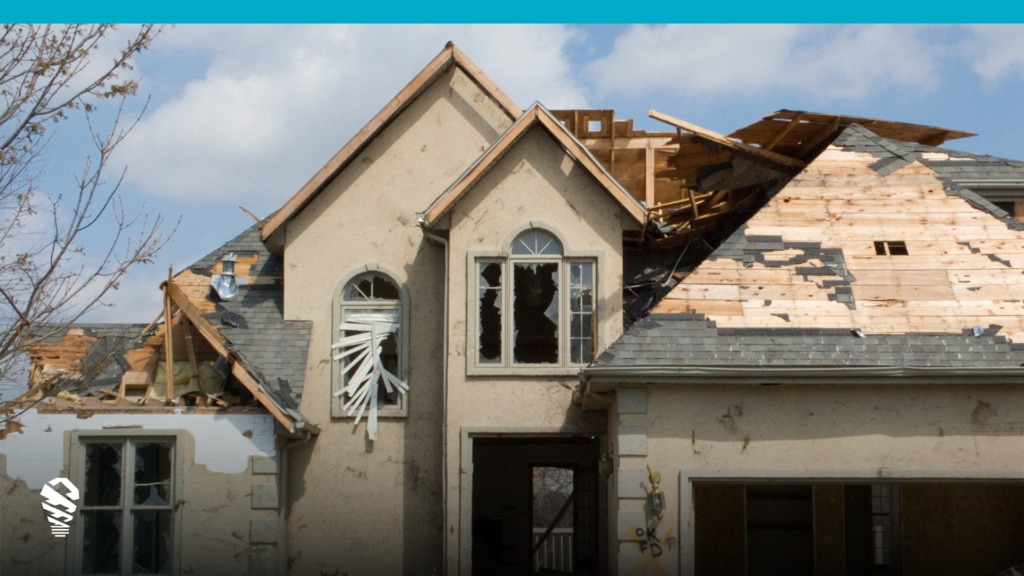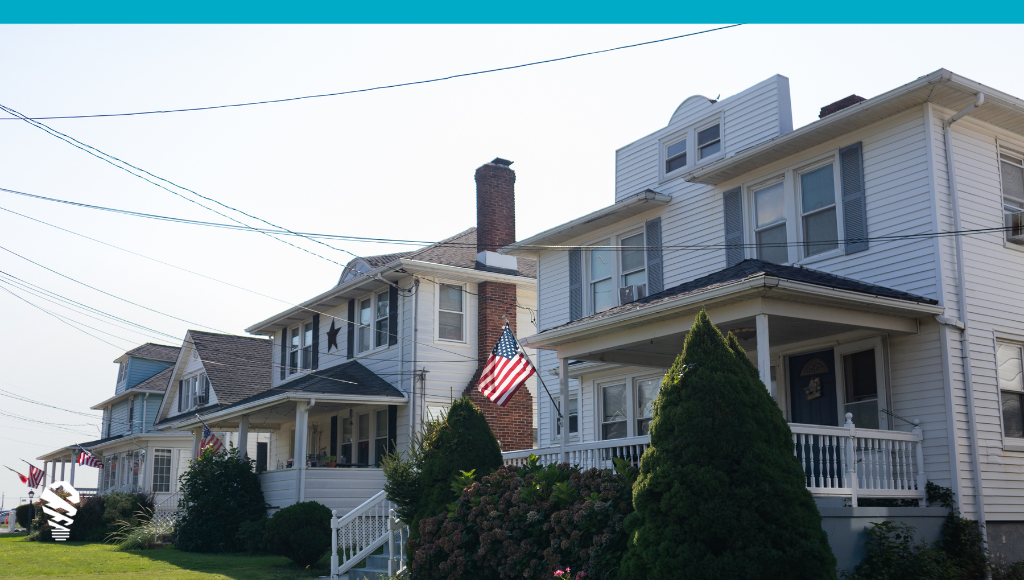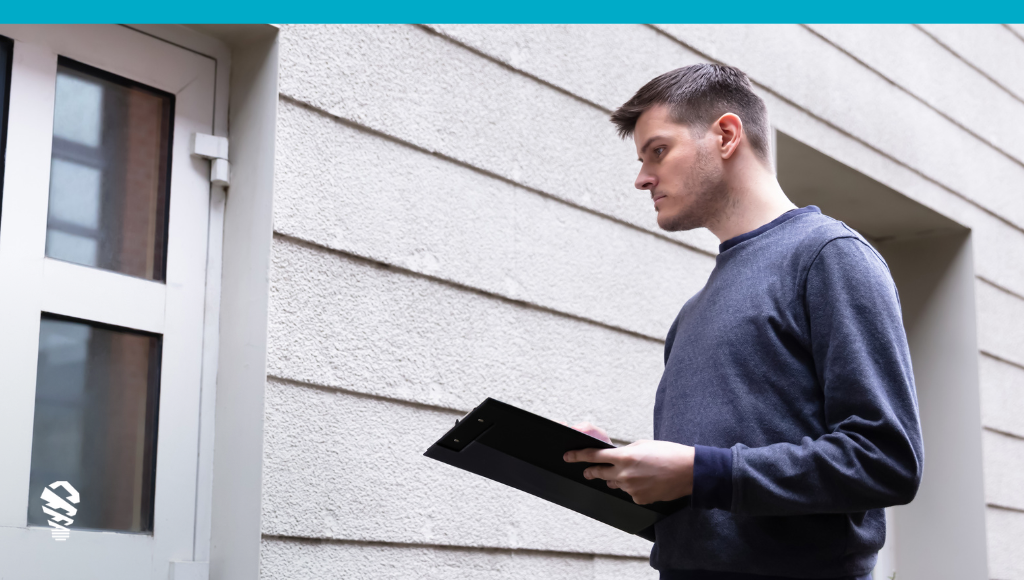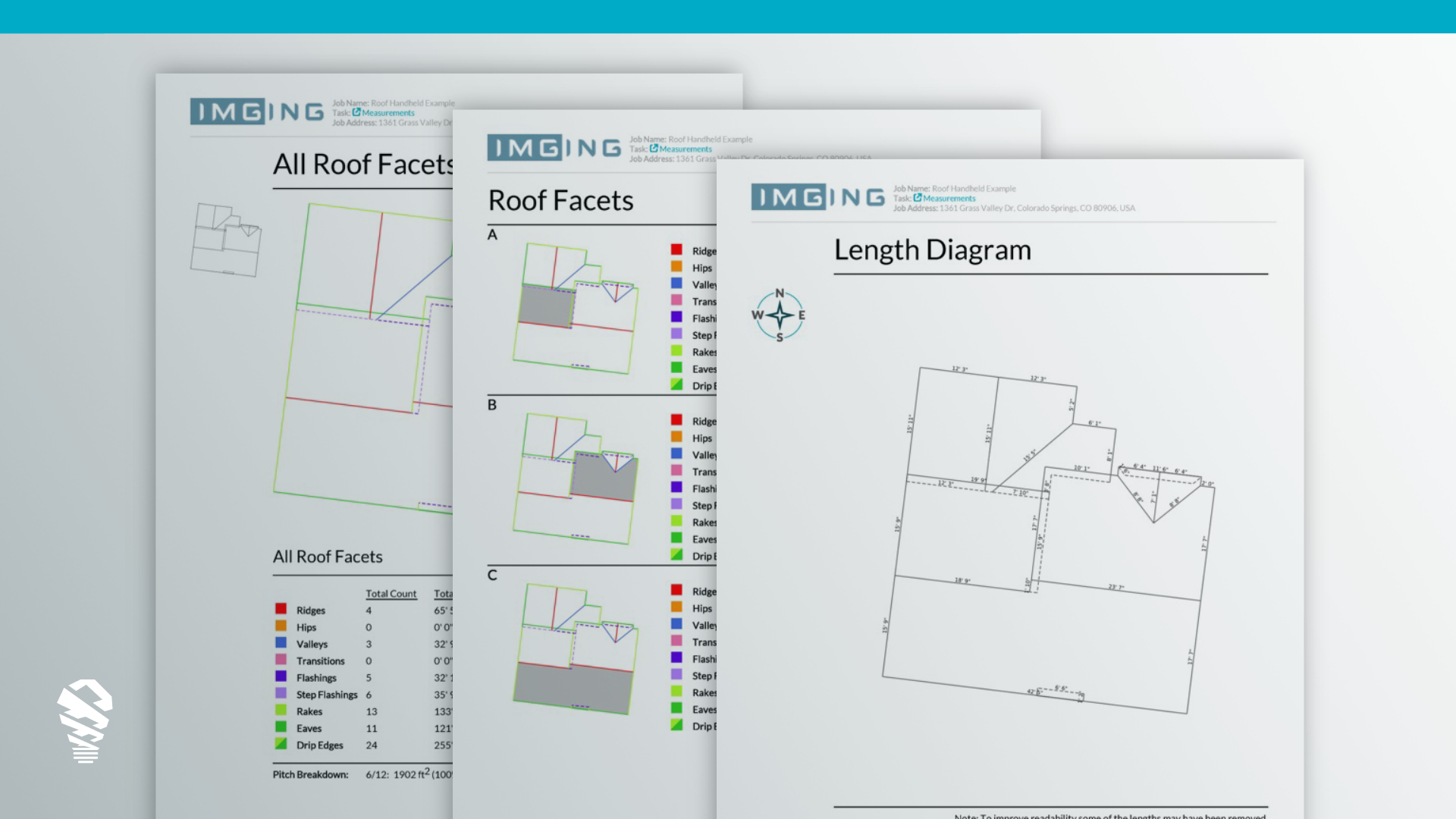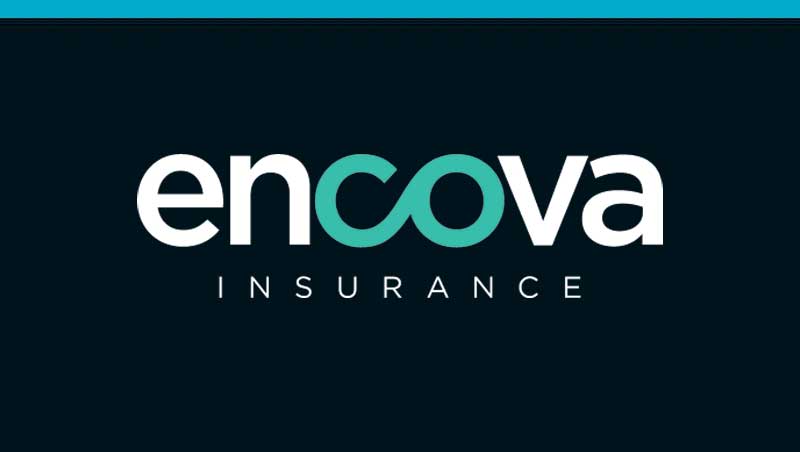Digital transformation is key to cutting Loss Adjustment Expenses (LAE) and improving cycle times in Property & Casualty Insurance (P&C). LAE can represent as much as 80% of a policyholder’s premium. The claims management process must be managed efficiently for insurers to stay profitable and competitive. This article explores the influence of advanced technologies, like AI and drones, on insurance claims. These innovations streamline processes and elevate customer satisfaction standards.
Reducing LAE and Shortening Cycle Times
Claims executives in P&C insurance focus on two key goals: cutting LAE and shortening cycle times. To achieve this, the focus should be on combining technological advancements and strategic priorities. If done properly, the result is newfound efficiency while improving customer satisfaction.
Cost and Profitability
Carriers face backlogs that lead to long processing times. This raises operational expenses and undermines profitability. Simplifying these processes while managing costs allows insurers to offer competitive premiums without compromising profits.
- Boosting Customer Satisfaction
Speed is crucial in claims processing. Longer cycle times increase costs and lower customer satisfaction. According to Accenture’s research, claims exceeding 20 days lead to higher dissatisfaction rates. Expediting claims significantly enhances customer loyalty, transforming a logistical challenge into a brand-building event.
- Competitive Advantage through Digital Transformation
The insurance industry is embracing technology in claims management. According to McKinsey, digitalizing the claims process can enhance customer satisfaction by up to 20%. It can reduce claims costs by 25-30%. This digital integration simplifies processes and fuels transformation throughout the industry.
- Leveraging Technological Advancements
Bringing Artificial Intelligence (AI) into claims processing goes beyond making things run smoother. Only 44% of claims executives consider themselves advanced users of cutting-edge technologies, but 80% see the potential for more benefits. AI – one of these advanced technologies – speeds up the approval process, giving insurers a clear advantage.
The insurance sector is experiencing a transformative shift, fueled by digital innovation. Reducing LAE and shortening claims cycles are not only operational challenges. These objectives have evolved into strategic necessities that enhance customer satisfaction, profitability, and competitive positioning in a modern, digital landscape.
The IMGING Inspection Platform
As a technology leader, Loveland Innovations is playing a key role in the digital transformation of P&C insurance claims with the IMGING inspection platform. This innovative approach is reshaping the inspection and management of claim data. IMGING efficiently reduces LAE and shortens cycle times through the following.
- Efficient Inspection Platform
IMGING accelerates decision-making with AI damage detection of property photos. Damage detection is an AI deep learning tool used to aid the adjuster. This streamlines inspections therefore enhancing policyholder satisfaction. Faster inspections directly translate to reduced operational times and costs.
- Revolutionizing Roof Inspections
Through IMGING Flight, Loveland Innovations has transformed roof inspections. This tool enables claims professionals to conduct drone inspections that are safer and more efficient. The integration with Xactimate facilitates quicker claims processing, expediting the entire claims cycle.
- Comprehensive Property Assessment Solution
Loveland Innovations combines drone flights, mobile inspections, AI, and analytics into one complete platform, showing their dedication to thorough property assessment. This solution improves the accuracy and speed of claims processing, meeting the insurance industry’s current needs. Loveland Innovations is playing a crucial role in modernizing the insurance claims process, blending innovative technology with practical solutions to enhance efficiency and customer satisfaction. A key element in reducing LAE and cycle times is the strategic use of AI and drone technology.
How AI Reduces LAE and Cycle Times
The integration of AI and Straight-Through Processing (STP) is reshaping the claims process. These technologies enhance efficiency and dramatically reduce LAE and cycle times. This transformation is complemented by solutions such as those offered by Loveland Innovations, which streamline the entire process. Field inspectors can swiftly capture initial data using smartphone photos, expediting claims processing. Loveland’s IMGING platform empowers adjusters to create detailed, AI-enhanced reports that include annotations and weather history, delivering a comprehensive inspection experience.
3 Strategies for Reducing LAE Using Drones
Drone technology plays a significant role in reducing LAE. By integrating drones into the claims process, insurance companies streamline operations, enhancing assessment accuracy and efficiency. This strategic drone adoption offers a smarter, faster, and safer approach to insurance claims.
There are three strategies that can be adopted by insurance companies to incorporate drone adoption:
1. Developing an In-House Drone Program
Creating an internal drone program for insurance claims management delivers lasting advantages. It boosts estimation precision, slashes LAE, and markedly elevates customer satisfaction.
2. Outsourcing Drone Data Capture
Outsourcing drone operations in insurance claims management offers scalability and cost-efficiency, erasing the necessity for substantial hardware investments and training. This strategy also enhances the safety of field adjusters but contributes less to lowering LAE.
3. Hybrid Approach for Flexibility
A hybrid approach, blending in-house and outsourced drone inspections, provides insurers with flexibility. It allows them to equip and train in-house inspectors while adding the flexibility of surge capacity for fluctuating claim volumes.
Advantages of AI & Drone Technology in Insurance Claims
- Time and Cost Efficiency: Drones expedite property inspections, while AI-enhanced damage detection enhances accuracy, reducing costs.
- Enhanced Adjuster Safety and Precision: Drones eliminate the need for dangerous roof inspections while AI damage detection tools speed up inspection times.
- Accelerated Claims Processing: AI algorithms quickly process drone-collected data, significantly reducing the time from claim filing to resolution.
- Accurate Risk and Premium Assessment: Drone-captured data and AI analysis enable precise risk assessments, leading to accurate premium calculations.
- Improved Customer Satisfaction: Drone and AI-enhanced processes boost efficiency and accuracy, resulting in quicker claim resolutions, and positively impacting customer satisfaction and loyalty.
Conclusion
The integration of AI, smartphones, and drone technology in property insurance claims management is a large step forward for the industry. By reducing LAE and streamlining claim cycles, insurers not only achieve operational efficiency but also elevate customer experiences. This evolution, driven by technological advancements and strategic implementations, is transforming the insurance landscape, paving the way for more precise, safe, and customer-centric claim processes. As the industry keeps evolving, adopting technologies like AI and drones will be crucial. This will shape the future of the industry. It will help insurers stay at the forefront of innovation and customer service excellence.

